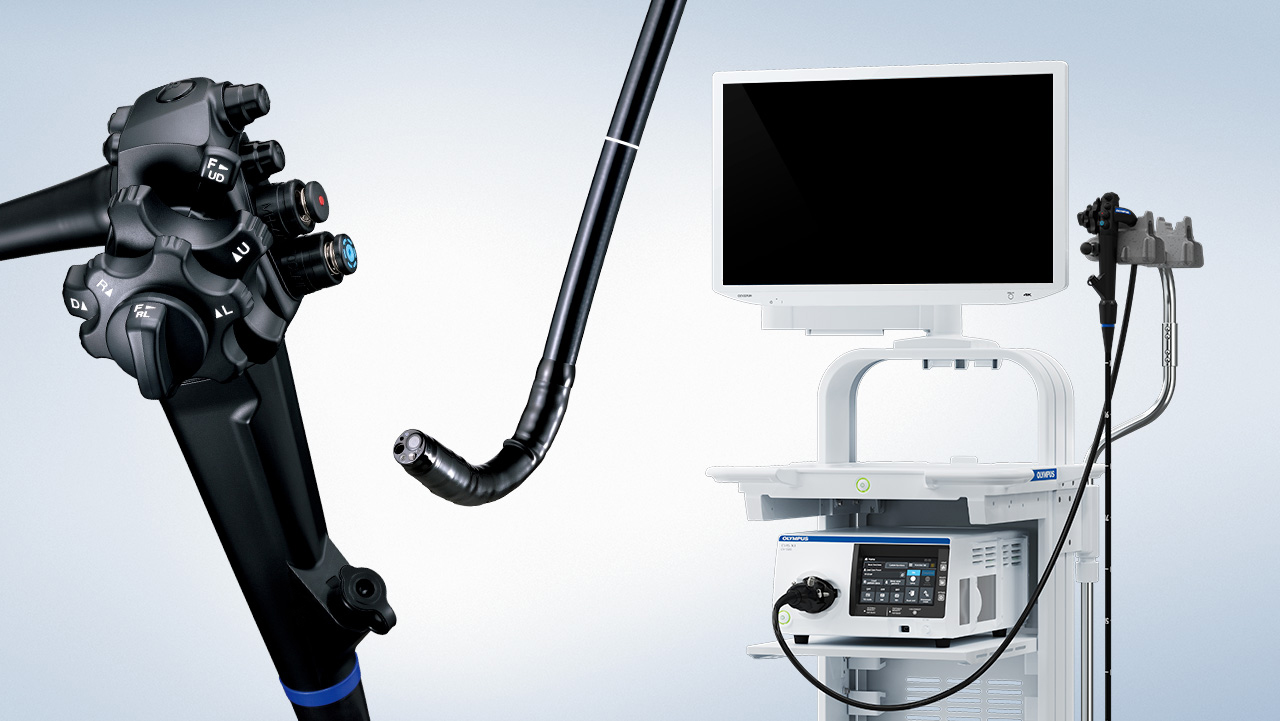Hetzel Dent classification
•Grade 0: Normal mucosa, no abnormalities found
•Grade 1: No macroscopic erosions, but presence of erythema, hyperemia, and/or friability of the esophageal mucosa
•Grade 2: Superficial ulceration or erosions involving less than 10% of the mucosal surface area of the last 5 cm of esophageal squamous mucosa
•Grade 3: Superficial ulceration or erosions involving greater than or equal to 10% but less than 50% of the mucosal surface area of the last 5 cm of esophageal squamous mucosa
•Grade 4: Deep ulceration anywhere in the esophagus or confluent erosion of more than 50% of the mucosal surface area of the last 5 cm of esophageal squamous mucosa
•Grade 5: Stricture, defined as a narrowing of the esophagus that does not allow easy passage of the endoscope without dilatation

Grade N: No minimal change and no mucosal break
Grade M: Minimal change without mucosal break
Grade A: One (or more) mucosal break no longer than 5mm, that does not extend between the tops of two mucosal folds
Grade B: One (or more) mucosal break more than 5mm long that does not extend between the tops of two mucosal folds
Grade C: One (or more) mucosal break that is continuous between the tops of two or more mucosal folds but which involves < 75% of the circumference
Grade D: One (or more) mucosal break which involves ≥ 75% of the esophageal circumference
Initial Management
• Esophageal biopsies: rule out other conditions in the differential diagnosis, such as eosinophilic esophagitis, Crohn’s disease, Barrett esophagus, infection and others
• Treatment:
- PPI: esomeprazole, lansoparzole….
- Baclofen: prior to surgery
- Surgery
Related posts
- Normal esophagus - 03-05-2021
- Cytomegalovirus esophagitis - 04-05-2021
- Zenker's diverticulum (zd) - 29-04-2021
- Esophageal webs - 03-05-2021
- Gastric inlet patches in esophagus (heteropic gastric mucosa of the proximal esophagus) - 03-05-2021
- Esophageal glycoenic acanthosis - 03-05-2021
- Benign and malignant esophageal tumors - 03-05-2021
- Esophageal varices and sarin's classification for gastric varices - 03-05-2021
- Mallory - weiss tear - 03-05-2021
- Typical findings of primary esophageal achalasia - 03-05-2021
-

Self-design suction tool
20-05-2021 -

Removing phytobenzoar in Pig's stomach
20-05-2021 -

Remove twisting of the pig colon
04-05-2021 -

Pig stomach endoscopy
04-05-2021
-

Management of Ingested Foreign Bodies in Children: A Clinical Report of the NASPGHAN Endoscopy Committee
28-04-2021 -

Management of Familial Adenomatous Polyposis in Children and Adolescents: Position Paper From the ESPGHAN Polyposis Working Group
28-04-2021 -

Pediatric Colonoscopic Polypectomy Technique
28-04-2021 -

Gastrostomy Placement in Children: Percutaneous Endoscopic Gastrostomy or Laparoscopic Gastrostomy?
28-04-2021







